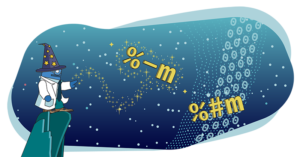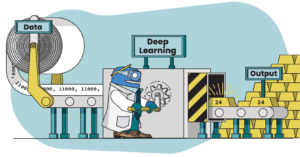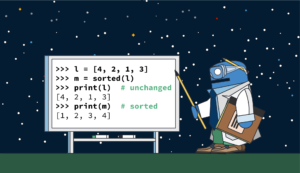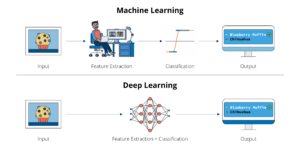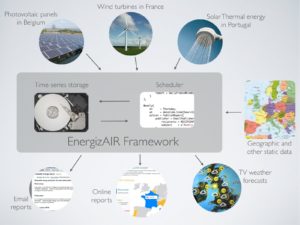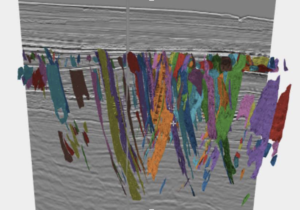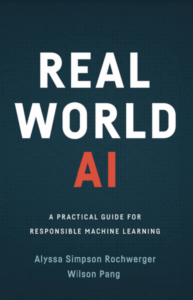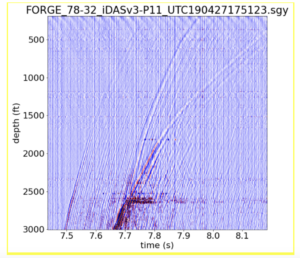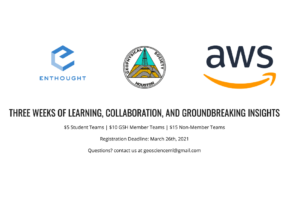Technology
One of the best features of Python is that it is platform independent. You can write code on Linux, Windows, and MacOS and it works on all three platforms with no problems…mostly. Admittedly there are some issues. Most of these are from known operating system differences when accessing system subprocesses or dealing with various local…
Read MoreIntroduction So, you have data and want to get started with machine learning. You’ve heard that machine learning will help you make sense of that data; that it will help you find the hidden gold within. Before you start sifting through your metaphorical gold mine, you realize you still have some unanswered questions: How do I…
Read MoreSorting Out .sort() and sorted() Sometimes sorting a Python list can make it mysteriously disappear. This happens even to experienced Python programmers who use .sort() when they should have used sorted() instead. The differences between these two ways of sorting a list are presented in this blog. Author: Eric Olsen, Senior DTX Services Consultant and…
Read MoreDeep learning. By this point, we’ve all heard of it. It’s the magic silver bullet that can fix any complex problem. It’s the special ingredient that can take any bland or rudimentary analysis and create an immense five course meal of actionable insights. But, what is at the core of this machine learning technique? Is…
Read MoreThe ultimate project goal of EnergizAIR Infrastructure was to raise individual awareness of the contribution of renewable energy sources, and ultimately change behaviors. Now ten years later, with orders of magnitude more data, AI/machine learning, cloud, and smartphones in the hands of individuals, this is an idea whose time has come. Author: Didrik Pinte, M.S.,…
Read MoreThe process of materials discovery is complex and iterative, requiring a level of expertise to be done effectively. Materials workflows that require human judgement present a specific challenge to the discovery process, which can be leveraged as an opportunity to introduce digital technologies. In the lab, many tasks require manual data collection and judgment. And…
Read MoreAs industries rapidly advance in AI/machine learning, a key to unlocking the power of these approaches for companies is an enabling environment. Domain experts need to be able to use artificial intelligence on data relevant to their work, but they should not have to know computer or data science techniques to solve their problems. An…
Read MoreIn this blog article Enthought Energy Solutions Vice President Mason Dykstra looks at the recently published book titled “Real World AI: A Practical Guide for Responsible Machine Learning” in the context of both the technical challenges faced by geoscientists and how to scale. Author: Mason Dykstra, Ph.D., Vice President, Energy Solutions In the newly released…
Read MoreA microseismic event loaded from the Frontier Observatory for Research in Geothermal Energy (FORGE) distributed acoustic sensing (DAS) data into a Jupyter notebook showing energy from a microseismic event arriving at about 7.5 seconds. These microseisms bring information about the process of stimulation. However, in the data set there are relatively few and they are…
Read MoreJoin the 2021 GSH Geophysics in the cloud competition. Build a novel seismic inversion app and access all the data on demand with serverless cloud storage. Example notebooks show how to access this data and use AWS SageMaker to build your ML models. With prizes. Author: Ben Lasscock, Ph.D. Geophysics in the Cloud Competition The…
Read More